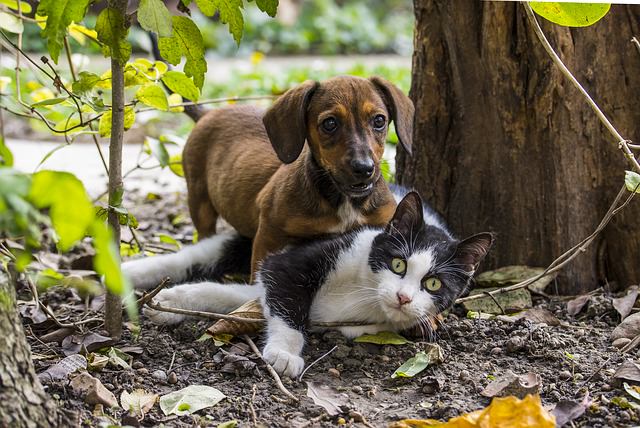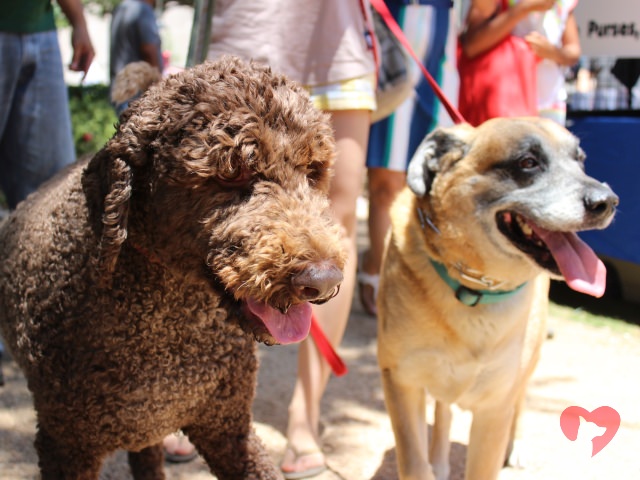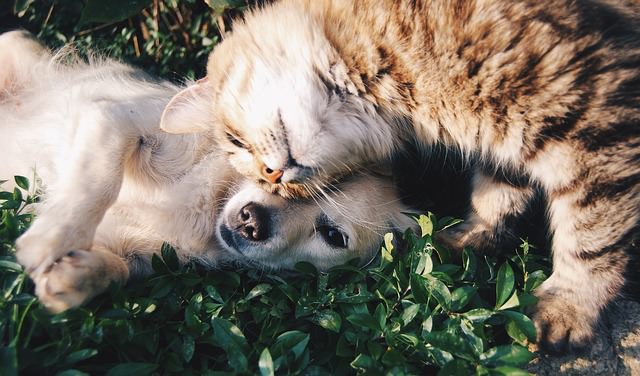There’s no end to the variety of traits seen in dog breeds. There are small, hairless dogs that fit in your pocket, and there are big, strong dogs with fluffy coats that make you sweat when they snuggle up. At only a glance you can tell the difference between a Yorkshire Terrier and Golden Retriever, or a Corgi and a Mastiff, but they all go by the name “dog.”
Cats on the other hand tend to have the same general look– whether it’s a Ragdoll or a Shorthair, most cats share a cookie-cutter shape and general size. Some breeds like Sphinx are easily identified, but still have the same pointed ears, long tails and body shape that other cats have.

We don’t often question our pets – we’re just glad they’re here and they love us, but LiveScience.com recently asked the question that most of us were too busy watching cat videos to ask: Why do dog breeds look so different, but cat breeds don’t?
The short answer: humans.
The relationship between man and dog goes back nearly 20,000 years. As time went on, people realized that dogs could perform all kinds of jobs, and began breeding for traits that made them better at the tasks people needed done. Think of your Golden Retrievers, who love water and were bred to retrieve waterfowl, or your Jack Russell Terriers with their endless stamina – perfect for fox hunting.

The traits that make some dogs better at their jobs are genetic mutations that occur naturally, and were then selected for breeding. Example: red hair in humans is a rare trait compared to others, but should someone decide they only wanted children with red hair, they should only choose a mate with red hair – though red hair occurs naturally, it can be bred. This is what humans chose for dogs.
After several thousand years of breeding, we now have over 300 different breeds of dog recognized by the World Canine Organization. But selective breeding was never perfect, especially 20,000 years ago. We have great working dogs, and wonderful lap dogs, but we also see breeds that are more prone to things like hip dysplasia or bloat than their mixed breed cousins.
And cats?

Our relationship with domesticated cats began only 10,000 years ago – that’s only half as long as our history with domesticated dogs. Recent research suggests that cats were left to breed as they pleased until about the Middle Ages. Before then they had already spread all over the world from Egypt, catching rides through trade routes across the sea with their human companions.
Cats were natural hunters for years, and cats today aren’t much different. The job we gave cats was given because they were already perfect for it – catching pests. Selective breeding couldn’t improve upon the perfect hunting machine cats already were, so we pretty much left them alone. In some sense, they’re a matter of “if it isn’t broken, don’t fix it.”
No matter the case, one thing is for sure: we’re glad that dogs and cats have become some of our best companions!
H/T: LiveScience.com
